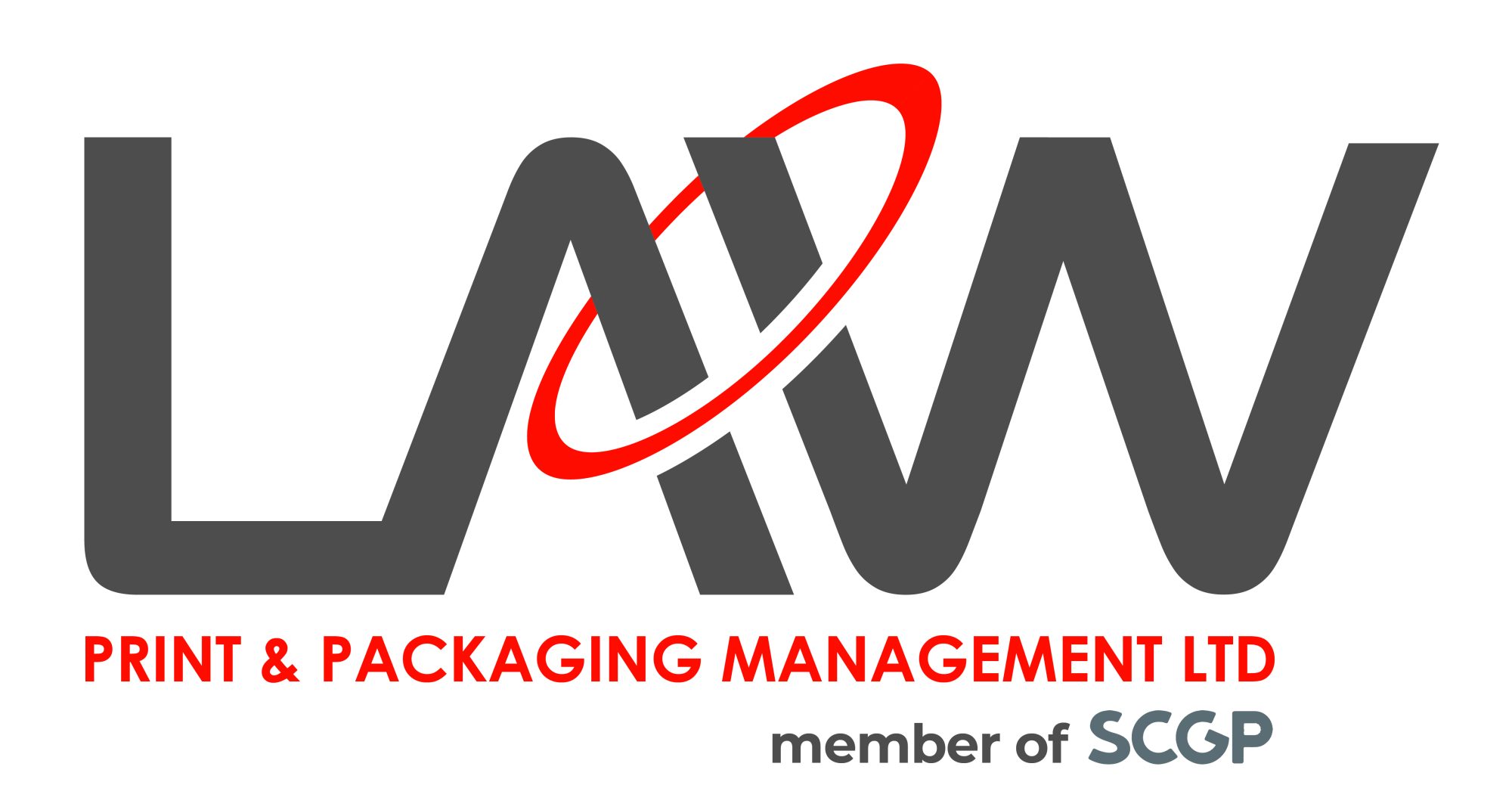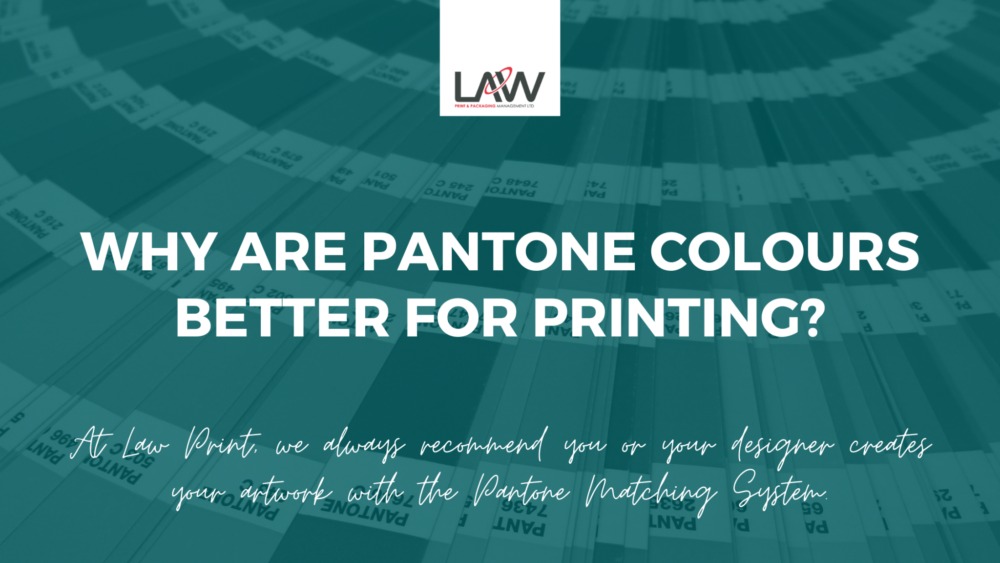Pantone colours are not the industry standard, but at Law Print, we always recommend you or your designer create your artwork with the Pantone Matching System.
The reasons for this are important to understand so that you can make an informed decision on whether to stick with Pantone for future uses, regardless of whether you are a start-up or an established brand.
Rotogravure printing
Gravure printing—also known as rotogravure printing—is primarily a long-run, high-speed, high-quality printing method. Like engraving, gravure is a form of intaglio printing that produces fine, detailed images.
At Law Print, we would always recommend using the PMS Colour system for Flexography and Rotogravure Printing.
Here are some key things to take away:
- As CMYK print always requires 4 colours, it means that the costs will need to include four printing plates or cylinders at least
- Printing with spot colours is essential in Flexography and Gravure printing to obtain the best printing results and reduce colour registration issues
- The use of Pantone references is a must in colour management
- Photographic images will always require CMYK process colours
- What you see on screen is not a true representation of the colours that will print on substrates – colours can change from monitor to monitor, so always trust your eyes rather than the screen
- Print proofs and match colours with CMYK and PMS reference guides
- If you require exact colours to keep branding and logos consistent across formats, then using PMS colours would be the best solution to create a universal standard (think Coca-Cola red, Asda green, etc)
Colour management
Maintaining consistent colour quality across different packaging SKUs is hard enough with one packaging supplier, let alone multiple suppliers. If those packaging suppliers are located on the other side of the globe, colour management becomes even trickier – assuming you even have the right people and processes in place to manage colour quality and consistency from thousands of miles away.
Paper and film substrates accept ink differently, depending on weight, opacity and surface tension. If your packaging designers and engineers have specified a particular material, one of the challenges of maintaining consistent and repeatable results comes down to whether you’re getting what you paid for.
- Inks are put on a material that can affect colour consistency; this is more so in flexographic printing than lithographic printing
- Printing of inks should always go from light to dark in CMYK
- The mixing of inks can affect the final colour result
- Varnishes also change colours – UV varnish will be different from a water-based varnish, surface matt varnish will slightly dull down the colour tones
Brand consistency
Up until very recently, colour consistency has remained very challenging to implement. The sheer variety of printing processes, inks and substrates have created a significant challenge for brand owners and converters to achieve colour consistency. Some substrates, such as paperboard and corrugated cardboard, are more absorbent, affecting how the colour of the substrate itself interacts with the ink and affects the colour. The substrate isn’t the only consideration either – there are various printing processes, from offset, flexo and gravure to digital printing, and all use different types of inks.
Special colours
What is usually called “Special Inks” is referred to as Pantone colours. Pantone is a catalogue of colours for printing. To know what a Pantone colour (called PMS for short) looks like, you need to look at a Pantone book. PMS colours will also look very different whether they are Coated (inks reverse printed on clear film) or Uncoated (inks surface printed on paper). PMS colours are meant to print precisely like a chip on the book.

X-rite technology
Manufacturers can access Pantone spectral data in PantoneLIVE Production directly through X-Rite Color iMatch formulation software. These solutions provide an integrated connected colour workflow designed to ensure the accurate colour formulation and quality control for PANTONE Colors.
Before you request a quote, you need to ask the printer if they can use Pantone colours, and if so, how many inks total can be printed. Keep in mind large quantities always keep prices low; if you’re going to do a short run, it might not be worth it.
If you’re printing a lot of a specific PMS colour, it’s always a good idea to ask for “ink draw-downs”. These are proofs of colour printed on the actual substrate. This is really important because the natural colour of the substrate will affect colour tonality.
If your brand is looking to invest in quality packaging, we will guide you through the entire print process. Providing recommendations along the way to improve efficiency, reduce costs and add untold value to the end product.
Contact us on +44 (0) 161 440 7302 or follow this link to complete our contact form.
CASE STUDIES | CONTACT US | SOCIAL MEDIA | NEWSLETTER



